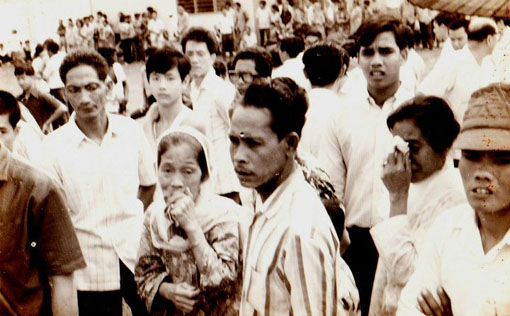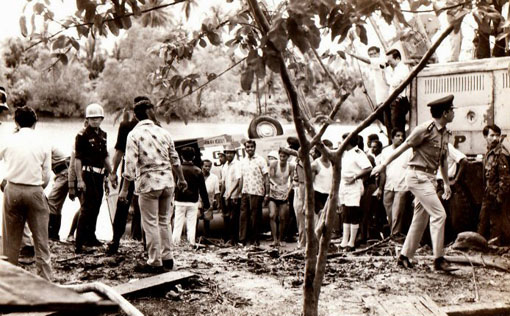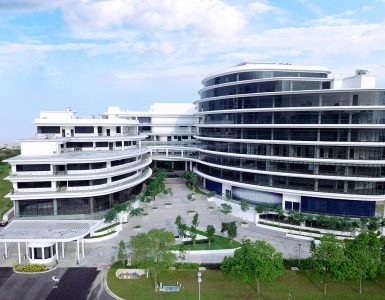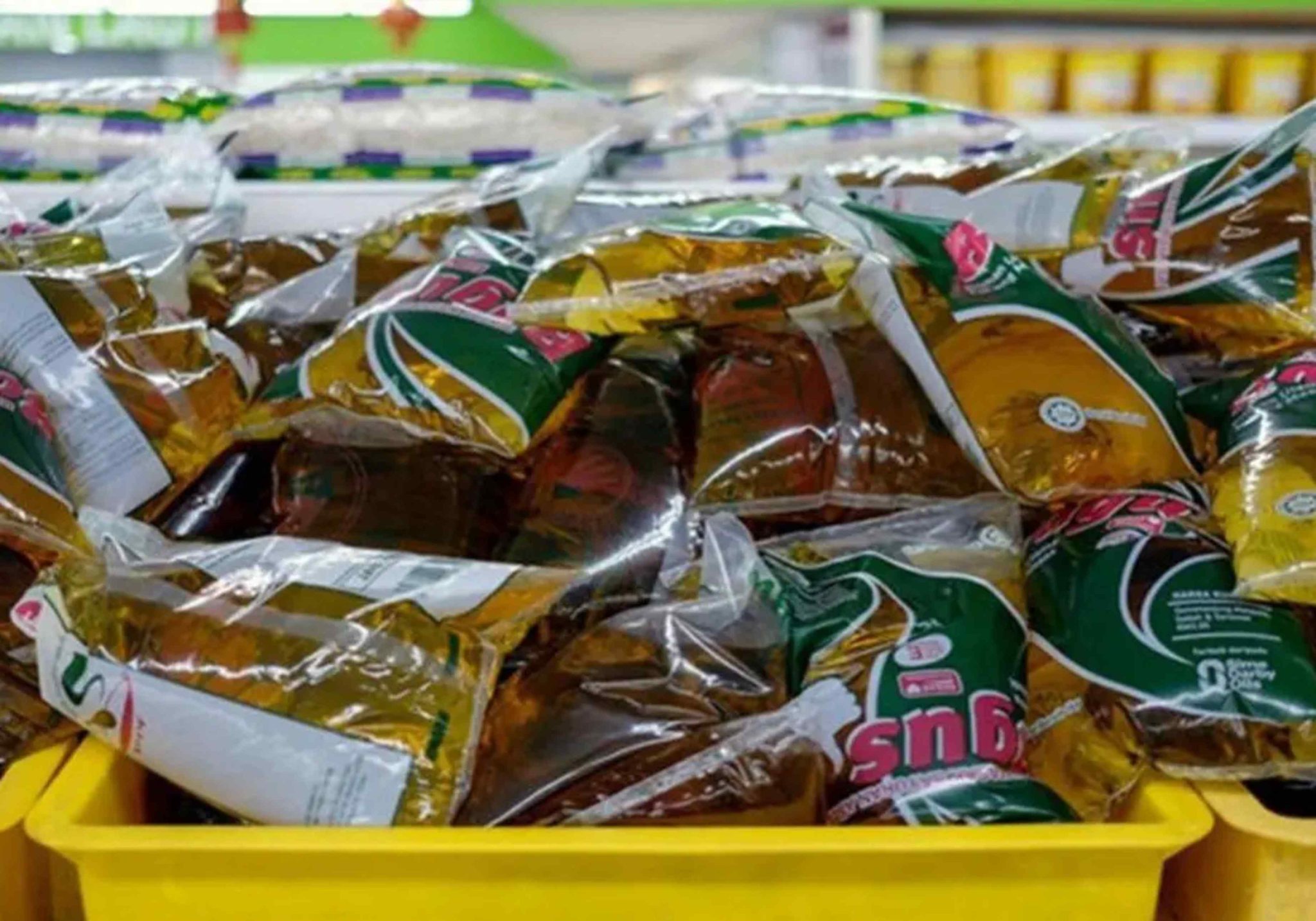I normally pause for a while, when some asks me, where is my hometown. I was born in Labis, small town in Johor and later at the age of 14, we moved to Gemas, another small town in Negeri Sembilan where my maternal grandparents were living.
Both these places have their own identities and uniqueness. At times I do face difficulties remembering ‘long lost’ friends and often ask myself, “Is this guy whom I knew from Labis or Gemas?”
As I was pondering on how to address these ‘Hometown’ dilemma that often bothers me a lot, a local short film director, Shanjey Kumar Perumal, presented a very interesting short film titled ‘The day that river ran red’.
The short film was produced for the project ‘My Hometown’ organised by Astro.
Hailing from Parit Buntar, Perak, Shanjey’s story was considered to be very unique as it was not about him but his grandfather, Annamalai Saminathan.

Annamalai Saminathan was born in 1925 at Kalumpang estate in Selangor and attended Simpang Lima Tamil School. His dream to become a surgeon crushed when his parents lost their job as the paddy field that the family was working engulfed and destroyed in a fire.
He was forced to enter working life as to support his sibling who were still schooling. He took up work as servant for a British estate owner. Later he joined Public Work Department or also known as Jabatan Kerja Raya (JKR).
In 1962, he was posted as Ferry Operator in Parit Buntar. The ferry operated at Sungai Kerian which marked the border of two states – Kedah and Perak. The ferry was considered to be the most important mode of transportation between Parit Buntar in Perak and Bandar Baharu in Kedah, as it ferried hundreds of people to and fro between the two towns.
Then a fatal accident occurred.
It was Wednesday 13th September 1972. The monsoon season brought heavy torrential rain to the region.
As usual Annamalai started his routine as a ferry operator without knowing that will be his last day.
His co–worker, Govindasamy, who was working as winch-man remembered the fatal incident very vividly. According to him, the nuts and bolts which held steel wires across the river gave away.
“They were old and rusted. We were not able to do anything. Those nuts gave way and the ‘sampan” toppled,” he said as he recalled what happened.
“What can be done? That fatal day was the unforgettable day in my life”, he shed tear remembering those life lost in the incident. (The ferry was popularly referred as “Sampan” by the locals)
When the ‘sampan” toppled, it was carrying a bus load of school children. Annamalai without hesitation jumped into the water and saved many children by dragging them safely to the shores. He went back again and brought more to safety. He did this several times.
At one point, as he was tired, overwhelmed and overpowered by children struggling for their lives apparently pushed and drown him. Annamalai lost control and drowned. He and the children were washed away by the strong current. His body was found the next day morning at a spot not far away from the incident.
Annamalai’s eldest son, Perumal, who is Shanjey’s father, was 23 at that time was informed that the “sampan” topped and his father was nowhere to be found.
“At that time we knew that my father is “gone”. It was a very difficult for me as I am still young and I have six siblings to look after. But, we were grateful to the Chinese community of Parit Buntar who helped us in many ways.
One business man came forward with help and gave us RM1000. The man even gave RM100 every month for ten years to support my youngest sister’s schooling expenses,” said Perumal.
“The Day That River Ran Red” is definitely a remarkable piece of historical account as I was amazed with the way the story was told.
Shanjey carefully blended the incident and his grandfather’s personality using an ancient traditional Indian art form called “Kathakkali”. The main character in “Kathakkali” dance play is Lord Krishna who is known also as the savoir and protector.
This character suited well Annamalai’s personality for putting his life at risk to save others.
The shot for every frame was well articulated to depict the era and the places that Annamalai lived. The photographs of heart-breaking images from the collection of Shanjey’s father were surely will melt our heart as we see how many wept and grieved on that day.
A true picture of Malaysians was captured as all Malaysians regardless of their race and religious beliefs grieved over the lost.
After this incident, a project to build a bridge across the river was undertaken. It took 28 lives to make the government to realise that a safer mode of transportation was needed for the people. Finally the bridge was completed in 1974.
Shanjey’s work again reminded us not only our past but also the factor of human negligence which cause live lost including his grandfather’s.
If the PWD would have done carried out proper, regular and stringent safety inspections, these lost would have been avoided.
Let’s take this not only as reflection of past history of the nation but also as an expensive lesson so that no such incident like this should occur in future.
“The Day That River Ran Red” is a sure “must watch” documentary especially for the younger generation.













